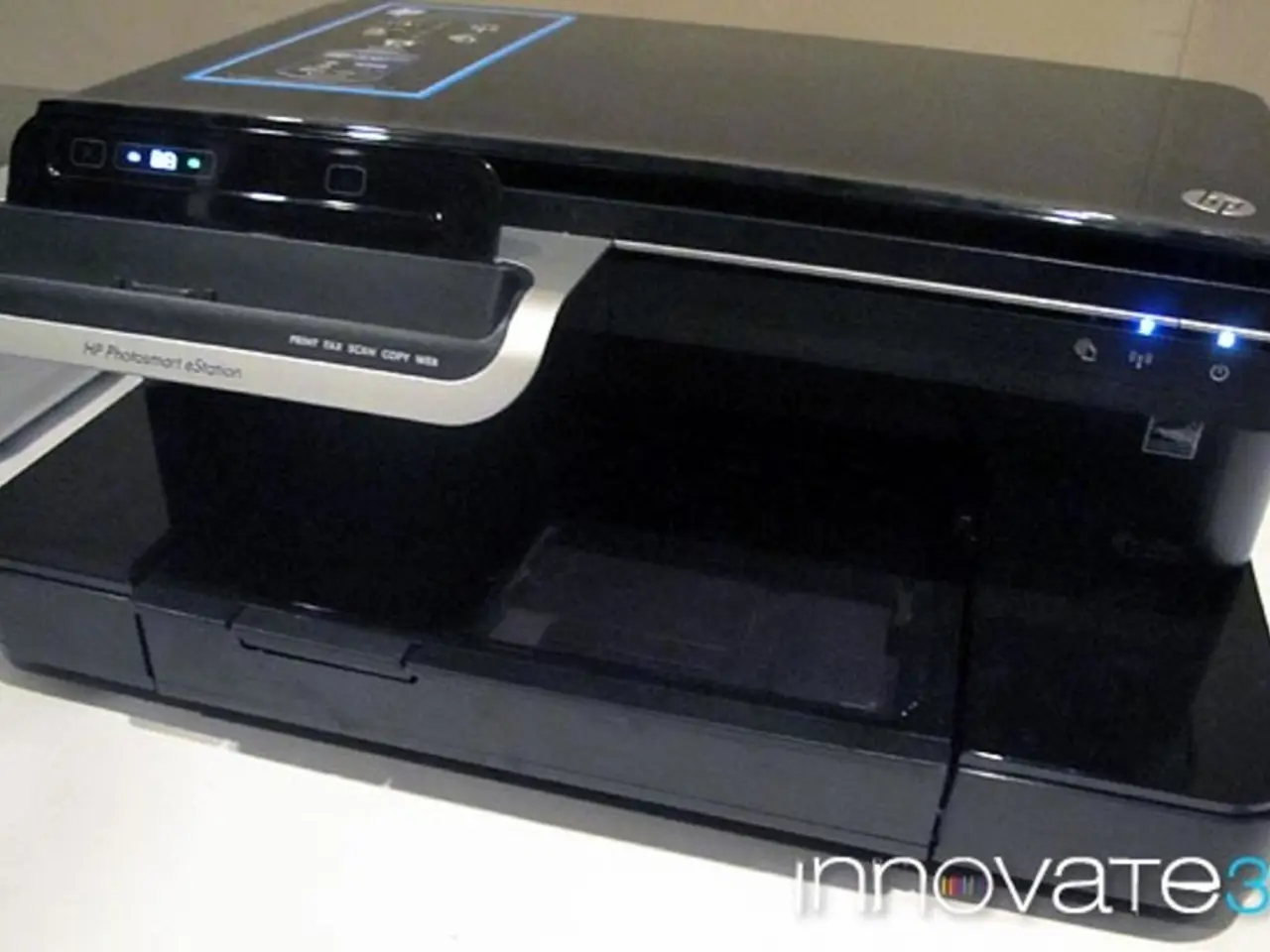Open Source 3D Printing Is Predicted to Be a Thing of the Past, According to Josef Prusa
In a striking announcement made in 2025, Josef Prusa, founder and CEO of Prusa Research and a longtime advocate for open source 3D printing, declared the current state of open source hardware in the desktop 3D printing industry as effectively "dead." This assertion, based on the rise of China's 3D printing industry and its permissive patent environment, has sparked significant debate within the community.
In the early days, open source hardware played a crucial role in the desktop 3D printing revolution. Following the expiration of key patents in 2009, open source principles allowed companies like Prusa Research to innovate and make 3D printing accessible to the masses. The Original Prusa i3, for example, was a testament to this openness, with components and innovations shared freely across the community.
However, the landscape has changed. The Chinese government's aggressive support for its domestic 3D printing industry, through subsidies and a relaxed attitude towards patents, has led to rapid growth in Chinese manufacturers. These companies can produce and sell printers at very low prices, sometimes at a loss, and aggressively patent improvements without strongly enforcing reciprocal open sharing.
This competitive environment has made it increasingly difficult for companies like Prusa Research to compete unless they shift away from fully open hardware models. The open source ethos is being exploited by some competitors who copy innovations without contributing back, or who enclose open designs within closed-source products, undermining the community-driven innovation cycle.
In response, Prusa Research moved away from a completely open source hardware approach starting in 2023, acknowledging that openness had become a strategic disadvantage in the current market dominated by subsidized competitors and aggressive patent tactics from China.
While open hardware projects will continue to exist, their ability to compete and innovate at scale in the desktop 3D printer market is diminishing. The hidden cost to the advancements in desktop 3D printing, according to Prusa, is the erosion of the economic and strategic benefits that open hardware once provided.
Despite these challenges, the open source principles that helped 3D printing grow are expected to continue to be embraced by the community. Hackers, for instance, are not deterred by patent trolling or market dominance in the 3D printing industry. Today, it's possible to buy a desktop 3D printer capable of self-calibration and multi-color prints at entry-level prices, a testament to the ongoing impact of open source hardware on the industry.
In summary, Josef Prusa's declaration marks a significant shift in the industry and reflects broader challenges around balancing open innovation with commercial competition. The rise of China's subsidized 3D printing industry and its permissive patent system have erased the economic and strategic benefits that open hardware once provided, turning it into a liability in a fiercely competitive global market.
Sources: [1] Prusa, J. (2025). State of Open Source Hardware in Desktop 3D Printing. Prusa Research Blog. [2] JohnU. (2024). Changes in the 3D Printing Industry. Hackster.io. [3] Prusa, J. (2023). Shift in Approach to Open Source Hardware at Prusa Research. Prusa Research Blog. [4] Open Source Hardware Association. (2024). The Future of Open Source Hardware in Desktop 3D Printing. Open Source Hardware Report.
Open source hardware, once a driving force in the desktop 3D printing revolution, is now facing significant challenges in competing and innovating at scale, as documented by Prusa Research in 2023. Hacking and innovation in the technology sector continue to thrive within gadget-enthusiast communities, where the spirit of open source principles remains strong despite encroachments from commercial competitors.




